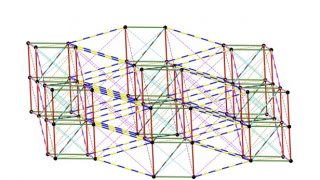
Graphene band gap engineering using boron
Among the astonishing properties of graphene, a high mobility of the charge carriers has placed this material into the focus of intensive research efforts, aimed at developing high-speed graphene-based electronic devices. The first device of this family, a graphene field-effect transistor (GFET), still remains a promising candidate for applications in flexible electronic circuits. An essential […]








